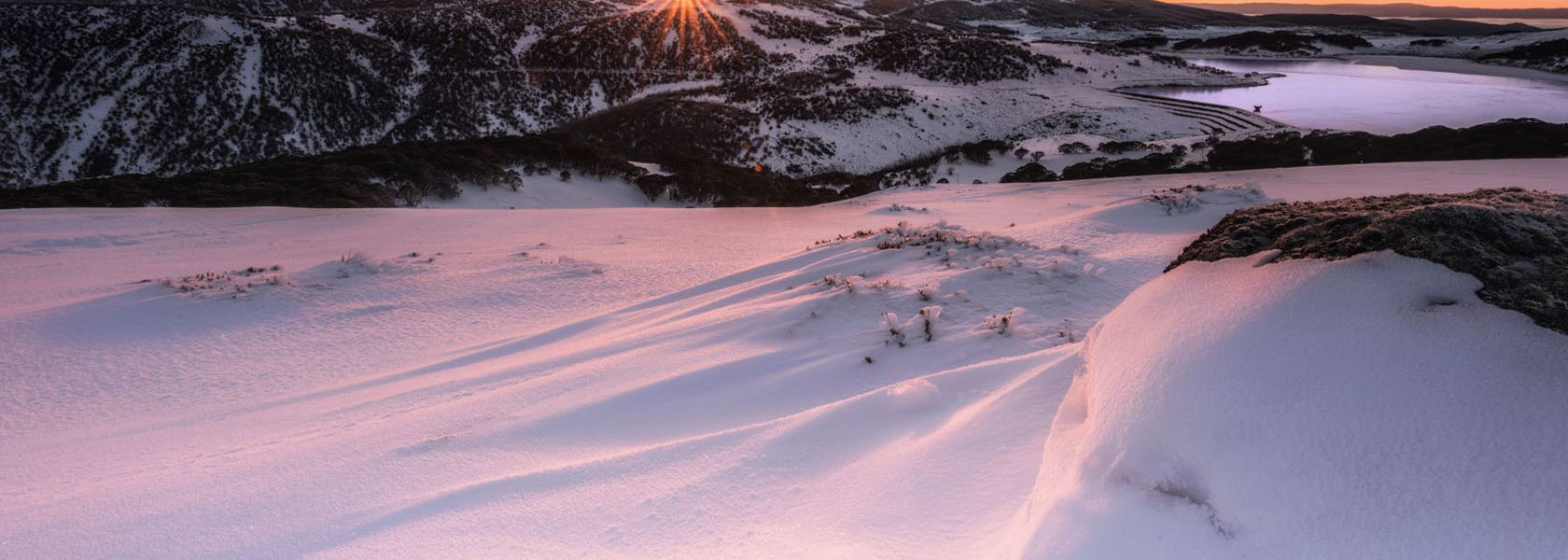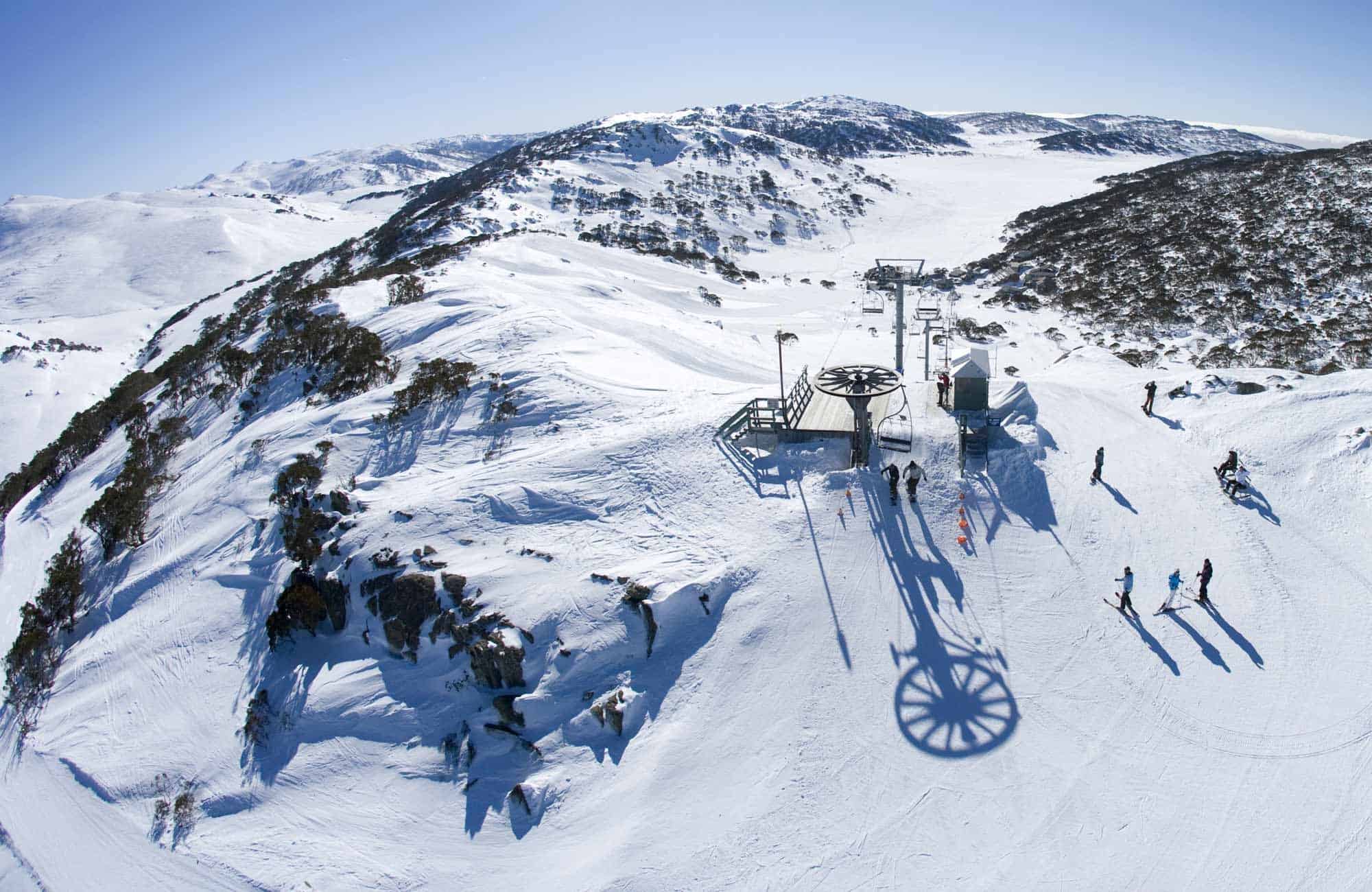Discover the Background Behind Snow In Australia and Its Alpine Regions
Discover the Background Behind Snow In Australia and Its Alpine Regions
Blog Article
Discover the Interesting Effects of Snow in Australia on Regional Communities
In spite of its track record for sun-soaked landscapes, Australia also flaunts regions buried by snow-- a phenomenon that exceptionally affects the nation's special communities. The protecting properties of snowflakes protect plants and animals in the middle of the chilliest winters, while the melting snow nurtures rivers and water life. Nevertheless, the actual wonder depend on just how these chilly problems form the nation's biodiversity and nutrient cycles. As we decipher this elaborate partnership, we locate ourselves stepping on uncharted grounds in Australia's high country.
The Unexpected Areas of Snowfall in Australia
The high nation areas of New South Wales, Victoria, and Tasmania are especially known for their winter months snow. The Snowy Mountains in NSW, for circumstances, receive bountiful seasonal snow, offering a plain contrast to the nation's common warm, arid environment. The existence of snow in these regions significantly influences local environments, consequently affecting the nation's distinct biodiversity.

Exactly How Snow Impacts Australia's Distinct Plants
While it may appear uncommon, snowfall in Australia plays an important role in shaping the nation's distinct plants. The snow-filled winters months foster durability in Australian plant species. This is particularly apparent in the sub-alpine and alpine regions, where snow gum tissues and mountain plum-pines grow. These plants have developed to make it through in extreme problems, with snow serving as a protective blanket from rough winds and freezing temperatures. The snow also contributes to the wetness material of the dirt, supplying needed hydration for plant life during the dry summer season. Fundamentally, the snow influences the timing of blooming and seed dispersal, the development prices, and the survival of numerous plant types, showcasing the intricate interaction between environment and vegetation in Australia.

The Adaptations of Australian Animal to Snowfall
Simply as Australia's flora has adjusted to the wintery problems, the local fauna as well, exhibit remarkable adjustments to the snowfall. Variety like the Hill Pygmy-possum, the only Australian marsupial known to hibernate, have evolved strategies to endure in snowy environments. It uses the snow as insulation, hibernating in rock holes under the snow to stay cozy. In a similar way, the Snow Skink, a species of lizard, alters its colour to white during wintertime, providing camouflage against predators. Birds such as the Snowy Hills' Crimson Rosella also readjust their diet regimens to consume readily available food resources throughout cooler durations. Therefore, regardless of the severe problems, Australian fauna shows a resilient and flexible nature, guaranteeing their survival in regions experiencing snowfall.
The Role of Snow in Shaping Regional Ecological Communities
In forming the regional communities, the role of snow in Australia is webpage both multilayered and extensive. Snow provides a crucial water resource, feeding rivers and tanks as it melts, thus sustaining a selection of water life types. The presence of other snow forms the greenery patterns, pet actions, and general sustainability of Australia's unique ecosystems.

The Future of Snowfall in Australia: Ramifications and predictions

Provided the vital role snow plays fit neighborhood environments, the future of snowfall in Australia is attracting increasing attention from environmentalists and scientists. Present climate versions predict a considerable decline in snowfall because of worldwide warming, with potentially profound effect on local environments. Much less snow can result in minimized water schedule in towering areas, adversely affecting wild animals environments and plant life. In addition, it could change the timing of seasonal modifications, interfering with the life cycles of many indigenous species. The tourism industry, greatly reliant on the winter season snow season, may likewise deal with considerable difficulties. Understanding these predictions and their effects is essential to establish reliable preservation techniques, ensuring the conservation of Australia's distinct biodiversity and the sustainability of its economic climate.
Conclusion
The role of snow in Australia's environments is crucial yet frequently neglected. Hence, the snow in Australia is much more than a natural phenomenon; it's a vital gamer in the country's ecological story.
Regardless of its credibility for sun-soaked landscapes, Australia also boasts regions blanketed by snow-- a sensation that greatly affects the country's distinct environments. It uses the website here snow as insulation, hibernating in rock crevices under the snow to remain warm - Does It Snow In Australia.In shaping the regional ecological communities, the role of snow in Australia is both profound and multilayered. The visibility of snow shapes the greenery patterns, animal habits, and total sustainability of Australia's special environments
Given the essential duty snow plays in shaping regional ecosystems, the future of snowfall in Australia is drawing raising interest from conservationists and scientists.
Report this page